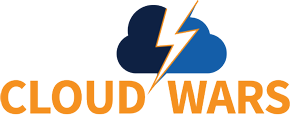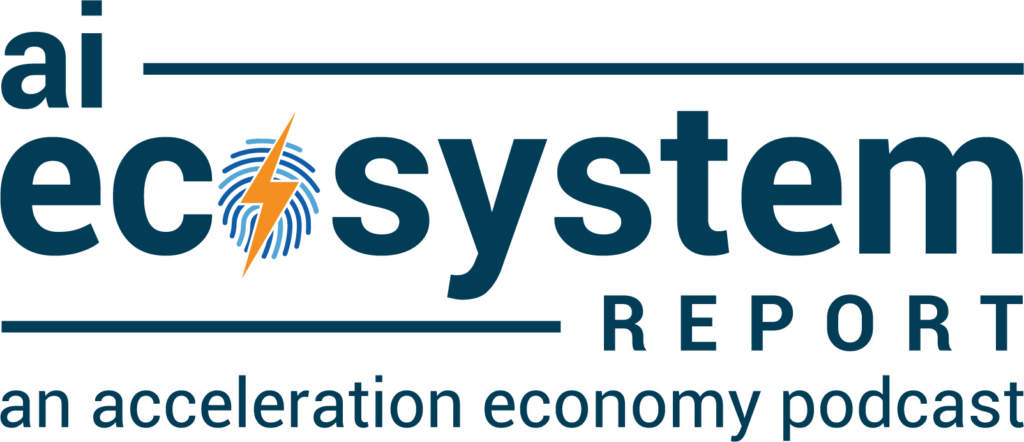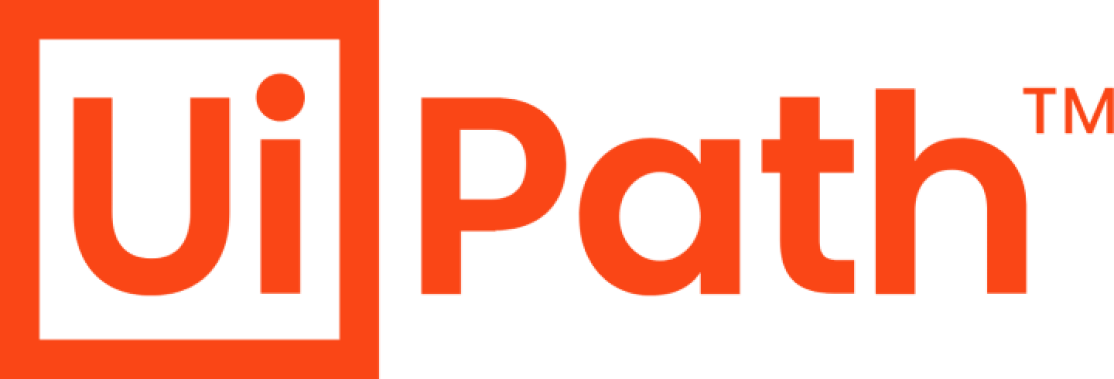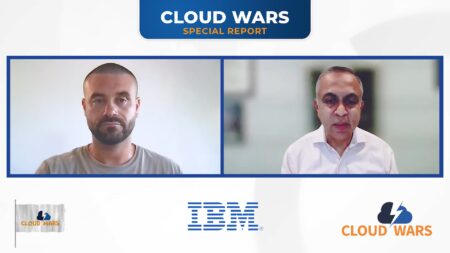UiPath released its first RPA product 10 years ago. Since that time, the company has become a provider of one of the world’s most important platforms for AI-driven automation. At UiPath’s Forward VI conference in Las Vegas this week, the company showcased a string of innovations and partnerships that represent the evolution of UiPath into an AI enabler.
This analysis presents the most significant announcements in support of that strategy.
UiPath for Actionable AI
The overriding theme of Forward VI was how UiPath is AI at Work. This message was set during the introduction to the conference by UiPath’s Chief Brand Officer Mary Tetlow, and the announcements that followed indeed adhered to this vision.
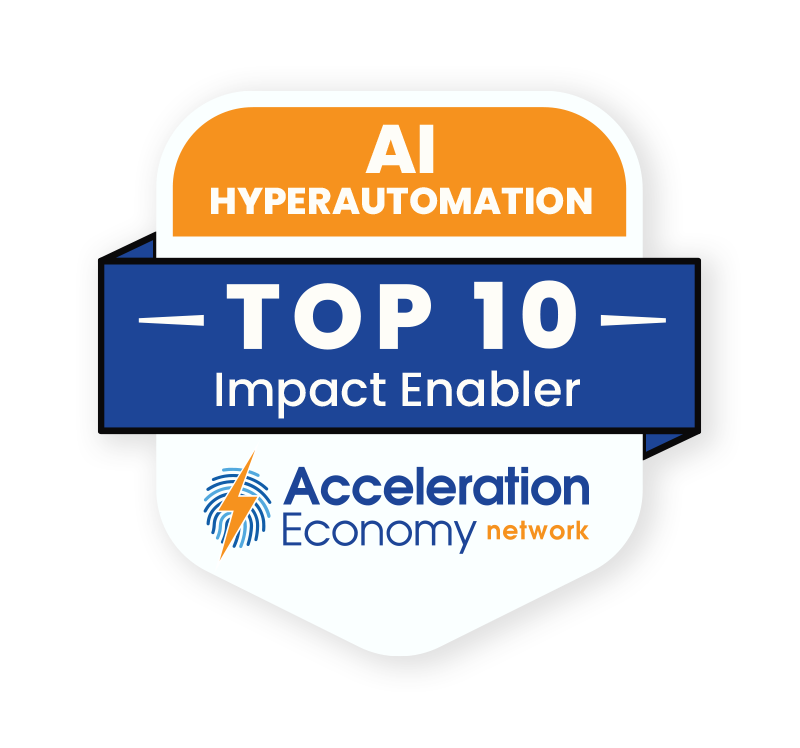
Which companies are the most important vendors in AI and hyperautomation? Check out the Acceleration Economy AI/Hyperautomation Top 10 Shortlist.
Bobby Patrick, UiPath’s Chief Marketing Officer, explained how most businesses are unprepared for AI and therefore need a way to action the technology. Patrick described AI as the brain and automation as the muscle.
To that end, UiPath’s new UiPath Autopilot, is a way of connecting the dots and developing and automating AI applications using the power of generative AI. Combining generative AI, UiPath’s signature Specialized AI, and automation, Autopilot’s AI capabilities enable users, from developers to business users, to create and action AI-driven automations using natural language.
UiPath Autopilot taps into every layer of UiPath’s enterprise-grade automation capabilities, from process mining to UiPath’s existing Assistant. Ultimately, it allows anyone in an organization to develop automation and complete manual tasks quickly and at scale, tapping into cross-application workflows, a key differentiator.
The UiPath AI Trust Layer
Another significant announcement at Forward VI was the UiPath AI Trust Layer. Focused on governing data, Large Language Model (LLM) interactions, and UiPath’s generative AI features, this management framework enables users to confidently work with generative AI in UiPath.
While Autopilot somewhat overshadowed this announcement, it is significant nonetheless. UiPath has integrated AI from very early on in its history, and developing a trust layer represents the company’s understanding of customer concerns and the need for reassurance.
Expanded Partnerships
Beyond the launch of new AI and generative AI features, we also learned more about UiPath’s expanded partnership with SAP. Robert Enslin, Co-CEO of UiPath, sat down with Lloyd Adams, President of SAP North America, to reveal the latest progress.
“Over the last several years, I don’t think you’ll find an organization out there that isn’t resolute that they need to transform and they need to digitize,” says Adams. “The partnership, now that we’ve struck it, really enables what customers need: agility and speed, because let’s face it, organizations now want to do more, with less, but faster.”
At this stage, SAP and UiPath are in a co-selling relationship. However, UiPath is set to become an SAP Solution Extension Partner moving forward. As SAP continues to move customers to the cloud, they intend to introduce them to UiPath as part of that transition.
Wrap-up
During his keynote address on the final day of Forward VI, UiPath Founder and Co-CEO Daniel Dines gave a brief history of the company’s rise. To close his keynote, he was joined by UiPath Chief Product Officer Graham Sheldon, who conducted a live demonstration of Autopilot for Assistant.
It showed how a regular business user can tap into the generative AI capabilities of Autopilot to carry out everyday tasks in a business context, acknowledging the user’s business identity across multiple applications. Autopilot went beyond question-and-answer mode to actively input data and perform tasks. And this bespoke process could be turned into automation with a few clicks.
While Dines gave a humble account of UiPath’s dramatic success story, watching the culmination of a decade of innovation and development spoke for itself.
